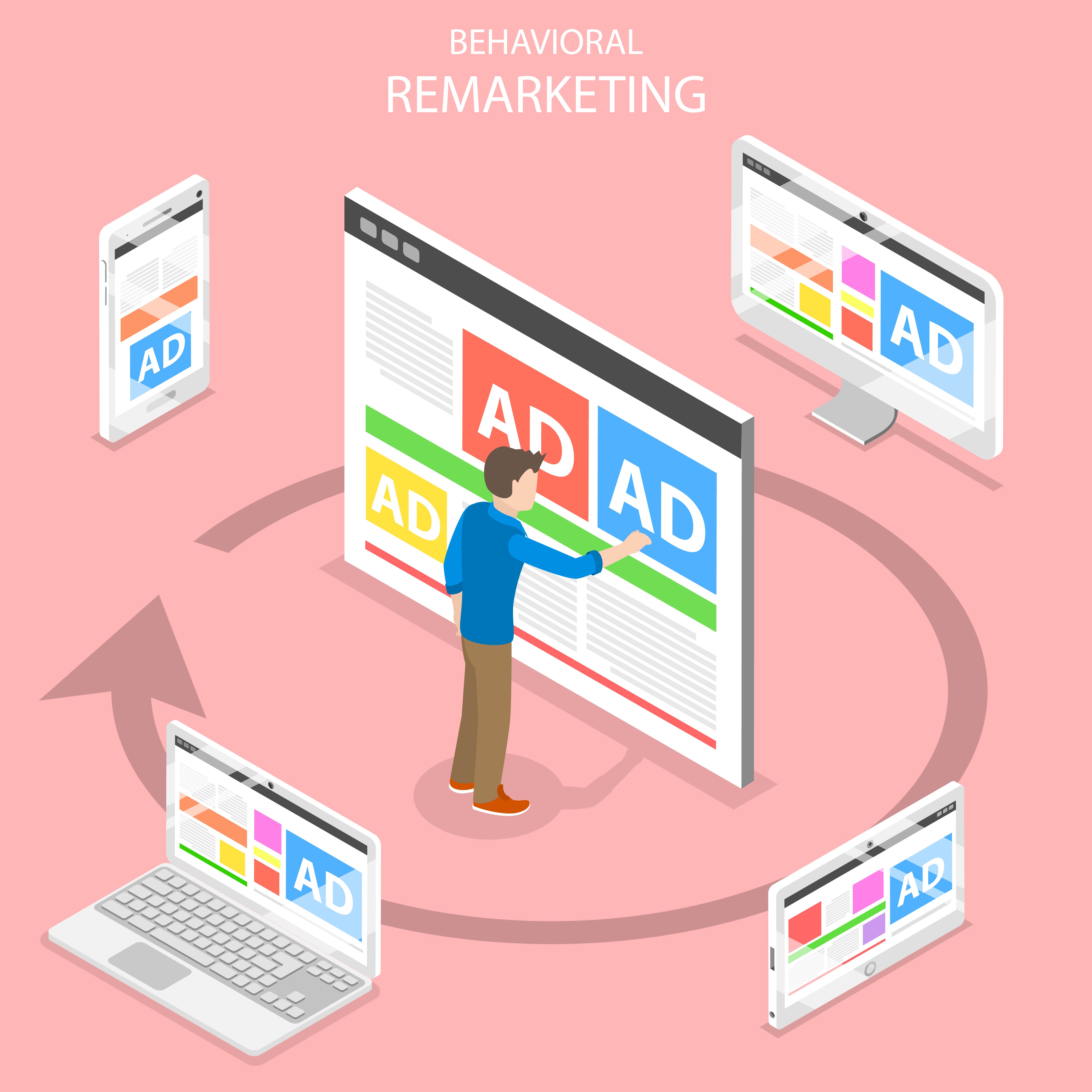Are you looking for new strategies to reach out to the listeners who ’save‘ your music? If you want to engage with these listeners, you need to think outside the box and adopt a creative retargeting approach. Read on to learn some of the most effective strategies to reach your dedicated music fans.
1. Why Retarget Listeners Who „Save“ Your Music?
When it comes to music streaming, the goal for every artist is to reach as many listeners as possible. But what about those who already heard your music and showed interest in it enough to “save” it? Retargeting those listeners is often ignored, but there’s a few reasons why it’s a must for every musician:
- Reaching new listeners. Along with the people who already heard your music and “saved” it, retargeting also helps to capture potential new listeners who are interested in similar artists and genres. You can target them with your new track or album, and take them on your journey.
- Increase daily listeners. By retargeting your previous listeners, you can start conversations with them and keep them engaged with your music. This will lead to increased daily listeners, which will lead to higher streaming numbers.
- More efficient approach. Retargeting is an efficient way to stay in touch with your fans, and with the right strategies, it’s easy to increase the engagement and grow your fanbase faster.
Retargeting those listeners who saved your music can be beneficial in multiple ways: they will likely be more engaged as they already showed interest in your music, and you can use it as an opportunity to reach more potential listeners who are interested in similar content.

2. Identifying Your Target Listeners
When it comes to creating your podcast, having an idea of who will be your target audience is key. Without knowing your target listeners, it can be hard to determine what sort of content you want to create, what topics to discuss, and which formats to use. Here are few tips for :
- Think about what interests you: What topics, conversations, or themes you find yourself gravitating towards that sparks your interest. These areas can provide a great starting point for figuring out your podcast’s main focus.
- Research popular podcasts: Take a look at podcasts that share a similar sound or focus as what you had in mind. Pay attention to the podcast’s audience size and location, and the themes, stories, and formats they cover.
- Consider similarities and differences: Brainstorm the ways in which your podcast might be similar to, or differ from, other existing podcasts. This allows you to differentiate your show from existing content, helping you stand out from the crowd.
When you know who your target audience is, you can narrow down your topics and tailor your content to them. Understanding your target listeners allows you to make more informed decisions about the structure, format, and content you create.

3. Creating an Engaging Retargeting Strategy
Retargeting is an essential part of an effective digital marketing strategy. In order to maximize your ROI, it’s important to create a dynamic retargeting strategy that will be engaging to your customers.
Here are some tips for creating an effective retargeting strategy that gets the results you’re looking for:
- Segment Your Audience: Divide your target audience into distinct segments for tailored campaigns and messages.
- Analyze Your Data: Constantly review the performance of your retargeting campaigns to ensure you’re reaching the most relevant audiences.
- Optimize for Mobile: Optimizing for mobile should go without saying. If you’re not already, now is the time to start creating mobile-friendly ad content.
- Customize Your Ads: Get creative with your ads. Provide value to users by showcasing what makes your products and services stand out.
- Interactive Ads: Incorporate interactive elements into your retargeting campaigns, such as quizzes or polls. They’ll make the ads feel more personal and engaging.
With a little bit of tweaking, you can make your retargeting campaigns more effective and engaging for your customers. Remember to keep an eye on your data and analyze the performance of your campaigns for maximum ROI.

4. Measuring the Success of Your Retargeting Efforts
Retargeting is one of the most effective strategies to increase conversions and drive revenue for your businesses. It is important to measure the success of your retargeting efforts, so you can determine if your efforts are yielding increased sales or leads.
To accurately assess the success of your retargeting campaigns, here are a few key elements to consider:
- Cost Per Conversion: Tracking how much you’re spending for each conversion is a great way to measure the success of a retargeting campaign. If the cost is too high, you can optimize the ads and adjust your campaign budget accordingly.
- Retention Rate: Looking at the ratio of people who converted to those who returned to make other purchases is a great way to measure the success of your retargeting campaigns.
- Revenue Per Visitor: Measuring the amount of money each visitor spends in your store provides insights into the effectiveness of your retargeting campaigns.
- Engagement: Tracking engagement can help you determine how well your ads are resonating with your audience. If your click-through rate or view-through rate is too low, it may be time to look at different ad creative.
Tracking the success of your retargeting efforts is essential to ensure you are extracting maximum value out of each campaign. Through careful analysis and continual optimization, you will be able to get the best out of your retargeting efforts.
We hope this article helped you to understand the importance of retargeting listeners who save your music, and provided you with strategies to do so. With these tips, you can help ensure that your music will reach and resonate with the people who need it most. Keep up the good work and happy promoting!
